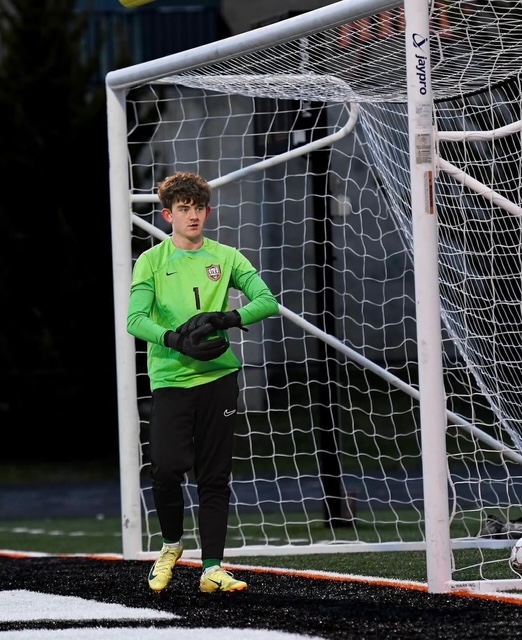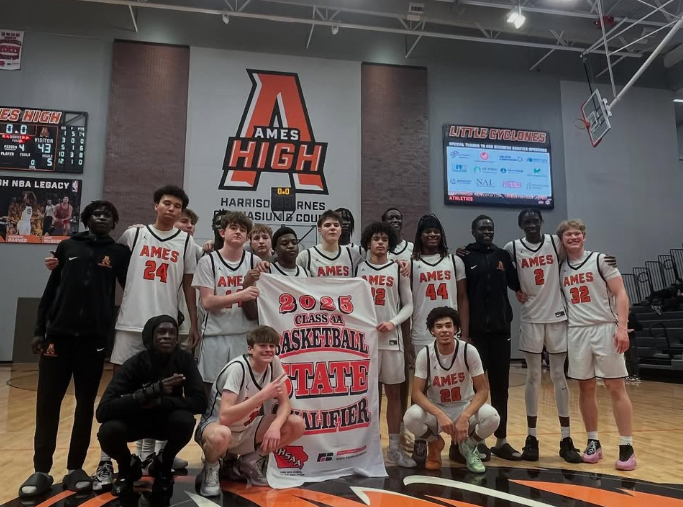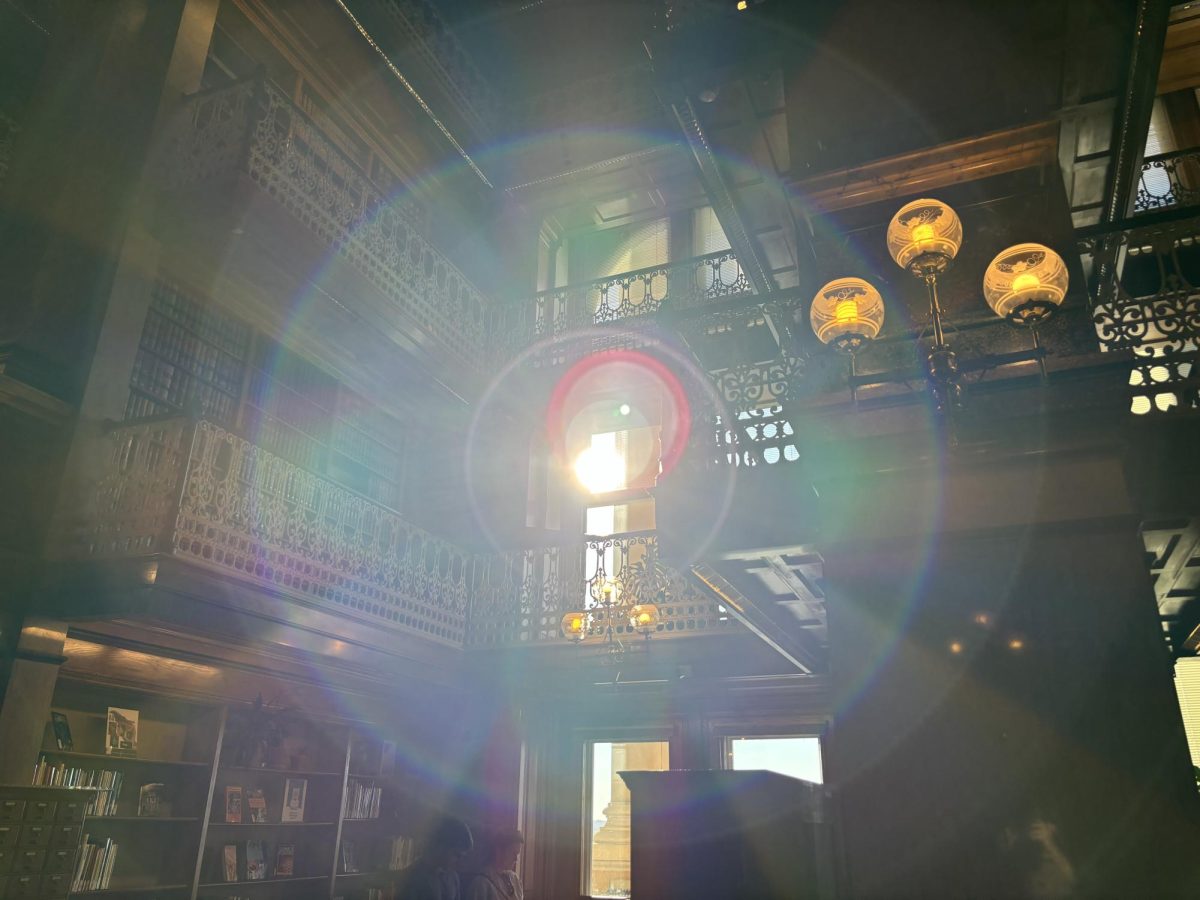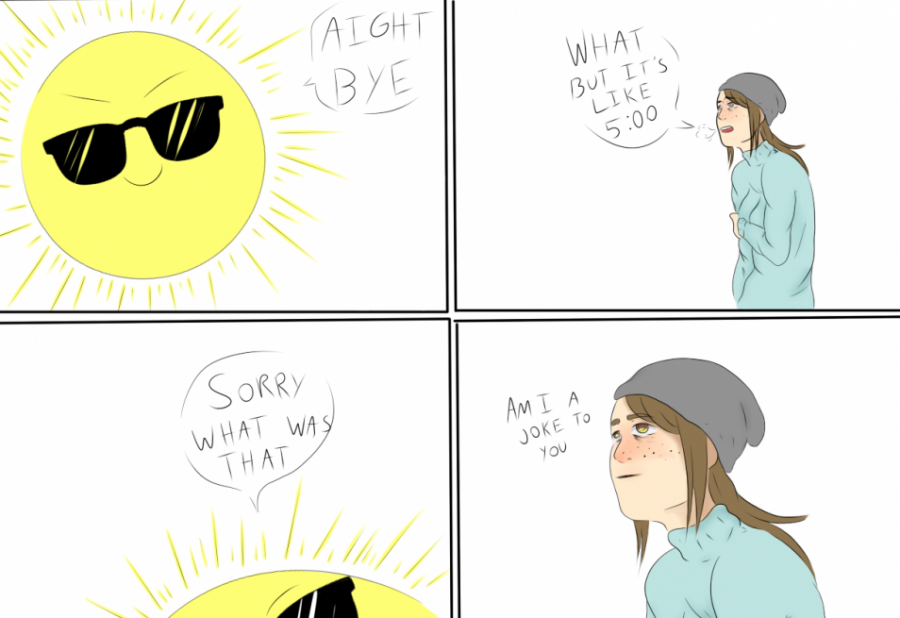Every five years or so, Australia’s one-man-band steps back into the limelight and showcases the musical style they have been perfecting. In 2015, Tame Impala’s album Currents received critical acclaim for its creativity and sonic landscapes. Five years later, their next album, The Slow Rush, introduced the global hit “Borderline” as well as a more chill and psychedelic soundscape. Needless to say, the hype was through the roof when Kevin Parker (aka Tame Impala) announced his return with a brand new album in late 2025. That hype quickly turned into confusion, however, when the first two singles “End of Summer” and “Loser” were released. The musical style was radically different from anything he had produced before. Gone were the psychedelic elements and the rich soundscapes, replaced instead by a catchy club beat and a scraped-down acoustic riff. This new sound of Tame Impala was not well received with some fans describing the songs as “retail store music” and “H&M anthems.” If this was the direction that Tame Impala was going in, fans wanted no part of it.
Thankfully, most criticism for this new sound was silenced in the few weeks leading up to the album when the single “Dracula” was released. Blending moody synth with a spooky Halloween feel, the song quickly became a hit and ended up charting on the Billboard Hot 200. Parker had proven that he could make something successful with this new sound, but some fans still doubted. Would the album prioritize catchy radio hits or lean back into the creativity that Tame Impala was known for? The answer turned out to be a little bit of both.
The album begins with the track “My Old Ways,” which kicks off with a grainy voice memo of Parker playing the chorus of the song on a piano, highlighting the album’s theme of embracing imperfection and authenticity. When Parker is done with his piano solo, he falsettos his way into a beat drop that transfers the grainy recording into a fully polished song. Utilizing synth, bass, and piano chords, Parker creates a groovy (but slightly melancholy) beat that is both catchy and moody.
The moodiness continues into the next track “No Reply,” which has a cavernous echoing feel while also featuring an unusual case of Parker swapping his falsetto for a more brooding lower octave. The bass pounds in this song but is beautifully contrasted by an airy synth chord that plays over the whole piece. This creates an almost insisting beat that is paired with an incredible piano motif towards the end of the song. This is a masterpiece of production and one of the strongest songs on the album.
Up next is the Billboard hit “Dracula.” With its priority on synthesizer beats and spooky Halloween attitude, it is clear why this one sees the most mainstream success. Unfortunately, this means that it often sacrifices potential creative moments for more pop-centric hooks. The one exception is the groovy piano that gets added near the beginning of the song. It’s a great touch and adds character to this already excellent dance track.
“Loser” is not a track for everyone. It feels hollow when compared to the rest of the songs and Parker’s vocals can get very annoying especially towards the end. With that being said, it has a great hook and a killer beat that combines the drums and guitar. There are also a lot of sound effects used on Kevin’s mic with some working better than others. It’s a solid track but nothing too memorable as it aims for commercial success over anything else.
If there were ever a song solely made to be played underwater, it would be “Oblivion.” Its extremely unique beat blends super synthy notes into Parker’s falsetto in a way that makes it feel like you are slowly sinking beneath the waves. As the song builds, the feeling of sinking is replaced by a sense of emergence into a new world. When the hook drops, it is unreal. Different production tricks are utilised to create an almost bubbly soundscape that possesses a hint of regret in all its joyfulness. Parker’s vocals are layered over with both high and low frequencies which makes him sound angelic over this already ascendant track. This is another well produced song on the album as well as my personal favorite.
The brilliant production doesn’t slow down at all on the next track “Not My World,” which switches to a club-style beat breakdown that is paired with scratchy vocals from Parker that adds a raw feeling to the beginning of the song. Unfortunately, this song falls victim to unnecessary filler with the first half dragging on for almost two minutes without any change. Parker’s voice becomes lethargic and irritating, and it almost sounds like he is bored of the song too. Luckily, this is where the aliments stop due to the second half of the song taking the pace up to eleven. The dull beat is dropped out in favor of an angelic choir that sings sadly into the void with a steady, tapping synth layered on top. This lays the foundation for the tapping synth’s energy to grow into a powerful sonic kickback that, when coupled with an assortment of other alien sounding effects, creates the strongest and most creatively diverse beat on the album. Dark chimes glide over shifting baselines as the song ebbs and flows in perfect time with the meter. A “Thriller” influenced synth pops in as well, completing the soundscape. It’s a masterclass in production and showcases the absolute peak of Parker’s beat making skills with this song’s only weakness being the first half.
The next song, “Piece of Heaven,” starts with a non-rhythmic, pulsing synth that highlights Parker’s more classical-sounding vocals. A steady ticking effect helps to develop the main structure of the song into an almost pop-groove. It’s much slower than most of the other album tracks, but it holds its own due to the production and the beautiful piano motif that returns from “No Reply.” Parker adds his own soulful vocals to the mix this time, which makes this version of the piano motif stronger by comparison.
Fans of The Slow Rush will probably enjoy the song “Obsolete” because it feels like it was taken straight from the source. The track has an almost foreign feel to it that makes every production decision stick out. The guitar is prioritised heavily here but not as the groovy beat that gets layed down after a sick bassline. Throughout the track there are aspects of other songs from the album thrown in for fun. The dark chimes from “Not My World” return as well as the quirky techno kicks from “Dracula.” It’s a great song to listen to and a great throwback to Tame Impala’s last album.
On that note, “Ethereal Connection” doesn’t even sound like a Tame Impala song. It is reminiscent of early Daft Punk tracks or other EDM mixes except the crunchiness of the beat has been turned up to the max. It’s a fast track in terms of tempo but not in terms of length as the entire song (the longest on the album) runs about eight minutes long. Despite its experimental nature, it falls flat when trying to find interesting places for the beat to go. The tempo does not change, the beat falls stagnant, and even Parker’s vocals can’t muster enough effort to save this track. There is a skeleton of an amazing song but nothing else. To end on a positive, it is fun to listen to in the context of the album, and the beat is still very catchy.
Sadly, there is not much good I can say about the next song “See you on Monday.” It plays as an uninteresting, uninspired, synth-slop that never quite gets a hold of what it’s after. Parker’s vocals hit their most annoying point in the album as the boring marching beat staggers on and on. This song hits all the right notes yet fails to strike any emotional chord whatsoever. It is a song without soul or inspiration that delivers the most hollow listening experience of any track in Tame Impala’s discography. There are no redeeming qualities with the next song becoming the light at the end of the tunnel.
To call the track “Afterthought” a breath of fresh air would be an understatement. This song is the musical equivalent of breathing in the purest, coolest mountain breeze after emerging from the sooty bowels of a decrepit coal mine. The beat is commanding and strong, the synth is well balanced with Parker’s classic vocals, and the hook is phenomenal. There are even some great ad-libs in certain parts that further elevate the track. This song will likely see mainstream success due to its memorability and simplicity.
The final track, “End of Summer,” is a beautiful conclusion to a solid album. It has a club feel to it, but the effect is not overdone like it is on other tracks. Instead, Tame Impala adds an earnest-sounding synth motif creating a sense of nostalgia and longing that perfectly echo the track title. The song cruises seamlessly through multiple sonic landscapes as you travel along for the ride. While this track was (and still is) met with distaste, it is an objectively well-structured song that unquestionably outshines its few flaws.
Although it admittedly struggles through some rough patches, Tame Impala’s Deadbeat is still a great listen overall. Much like his older albums, the production is still mystical, the vocals are still mesmerizing, and the themes continue to be both memorable and relevant to modern life. Perhaps the only thing that has changed is the musical canvas Parker paints his ideas on.
With that being said, if we take a look back through the Tame Impala discography, it becomes apparent that Parker is no stranger to new canvases. His first album, InnerSpeaker took influences from soft rock and early synth sounds. Parker’s next album, Lonerism then hard-pivoted from soft rock to psychedelic rock before Currents completely changed the game by focusing on synth-work above all else. Even Tame Impala’s last album The Slow Rush was a major departure from what he had done before, swapping slick synth with sandy soundscapes that felt worn by dust and time.
Those who express dissatisfaction with Deadbeat’s style don’t seem to understand that Parker’s sound is always changing and evolving. If dance music isn’t compelling to them, all they need to do is wait a few years for the next Tame Impala project to reinvent his sound completely. It may not be perfect, but Tame Impala was never about perfection.
To conclude, Kevin Parker should always be the one to decide the musical direction of Tame Impala because Kevin Parker is Tame Impala.
It’s his canvas. Let him paint.
Final review 8/10






















